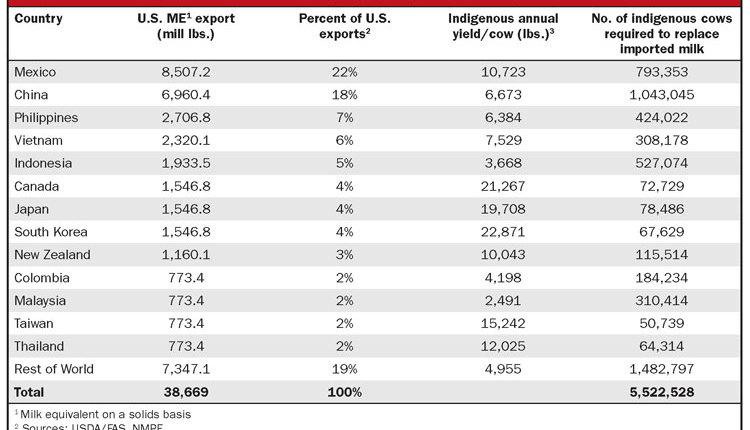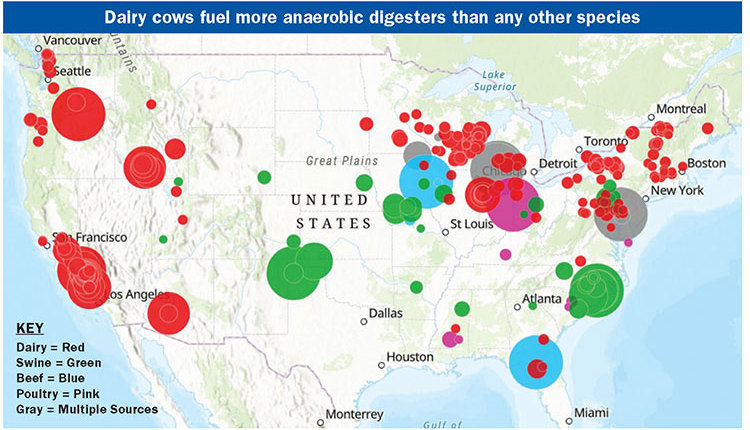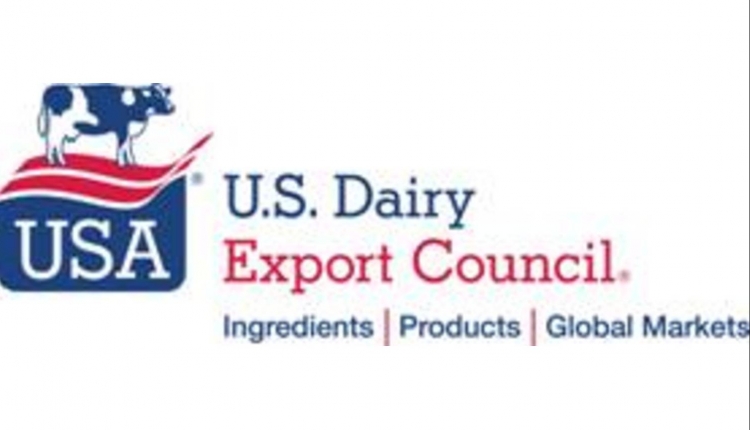 The Foundation for the Future (FFTF) dairy policy program has been designed to allow the U.S. to build on its burgeoning role as a consistent global exporter of dairy products, according to the National Milk Producers Federation, which helped design the proposal.
The Foundation for the Future (FFTF) dairy policy program has been designed to allow the U.S. to build on its burgeoning role as a consistent global exporter of dairy products, according to the National Milk Producers Federation, which helped design the proposal.The U.S. is on pace to export 13 percent of its milk production in 2011 - the highest portion ever - and many overseas markets for dairy products are expected to continue growing at a faster rate than the U.S. market. Thus, any changes to current dairy policy "must not place the U.S. farmer at a competitive disadvantage," according to NMPF board member Les Hardesty, a dairy producer from Windsor, Colorado.
In order to make the U.S. more competitive globally, the multi-faceted approach of FFTF eliminates the Dairy Product Price Support Program, Hardesty said. Currently, the price support program acts as a government-funded buyer of last resort for commodities including cheese, butter and nonfat dry milk powder. But the program also can act as a disincentive to export, when, during periods of low price, product manufacturers have greater incentive to sell surplus commodities to the government, rather than on the world market. Such was the case in 2009, when U.S. dairy exports dropped and government price support purchases surged.
"Once this program is eliminated, markets, during periods of surplus, will clear more quickly," Hardesty said. This will be in contrast to what happened in 2009, when global dairy sales didn't drop, but the U.S. portion of those sales did, because products were sold to the government, rather than commercially, Hardesty said.
08.25.2011








